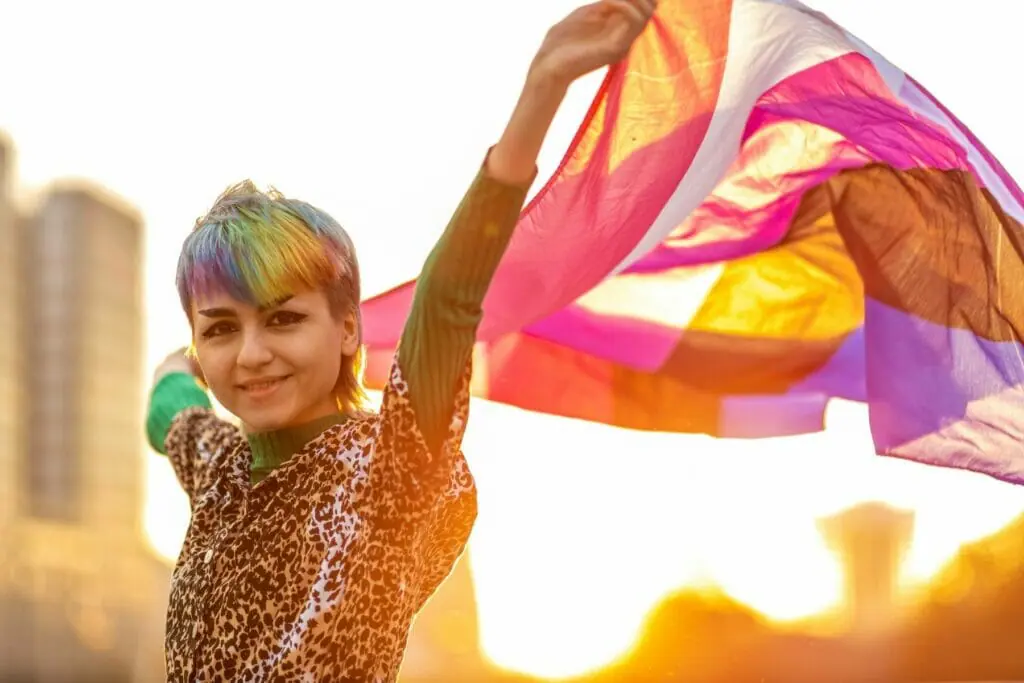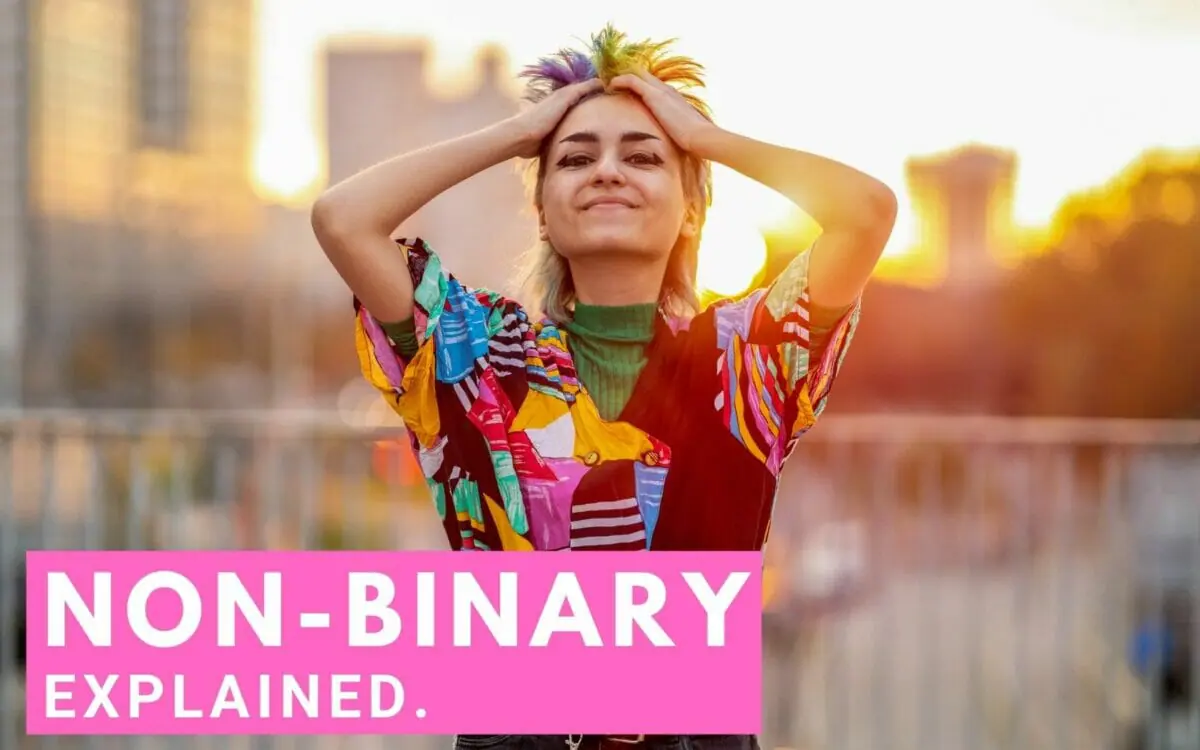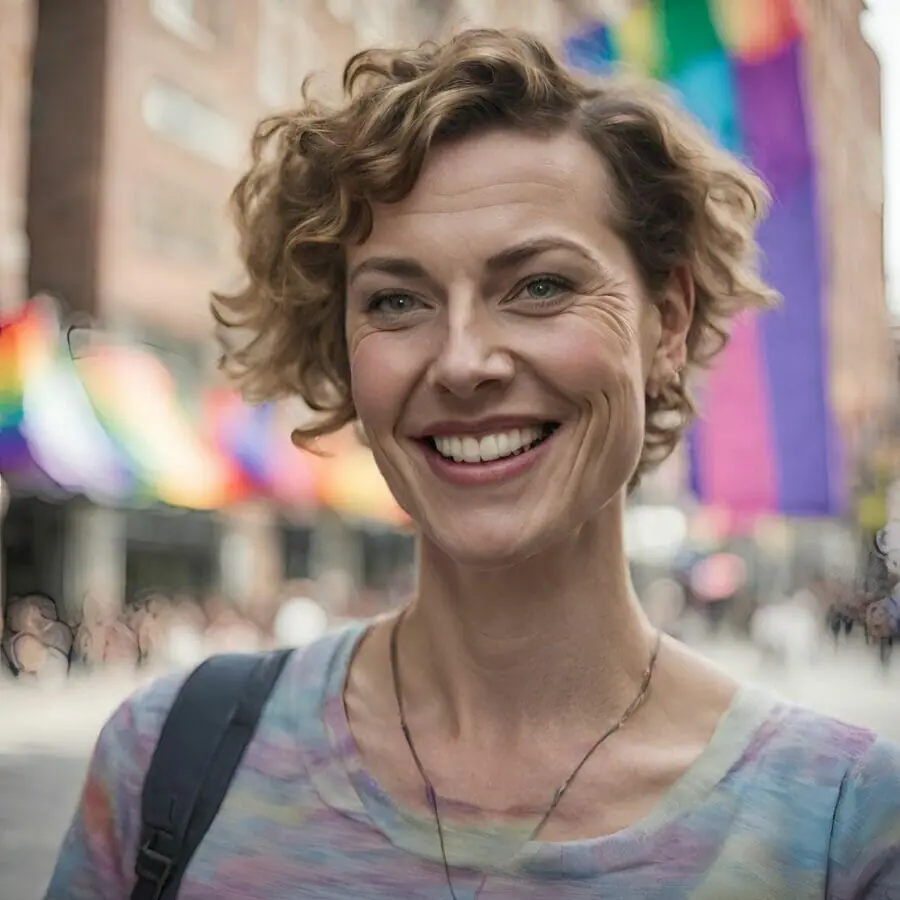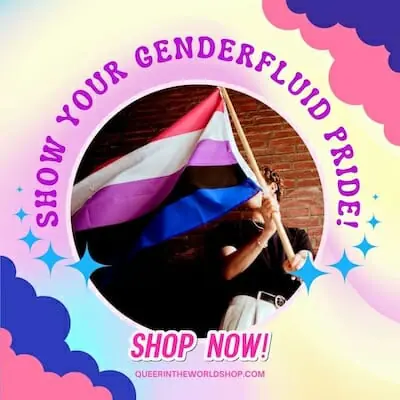There are many gender identities and sexual orientations that anyone can feel connected to or identify with.
More and more terms have been popularized over the years to represents the emotions and experiences of queer individuals and if you aren’t immersed in the LGBTQ+ culture or the queer community, you might not recognize a few sexual orientations and gender identities due to a lack of representation in mainstream media.
One such term is non-binary. Sadly it is one of the more misunderstood gender identities, so we are going to talk about what does it mean to be non-binary, discuss the nonbinary flag meaning, and help you with some information to become a better ally to the non-binary community.
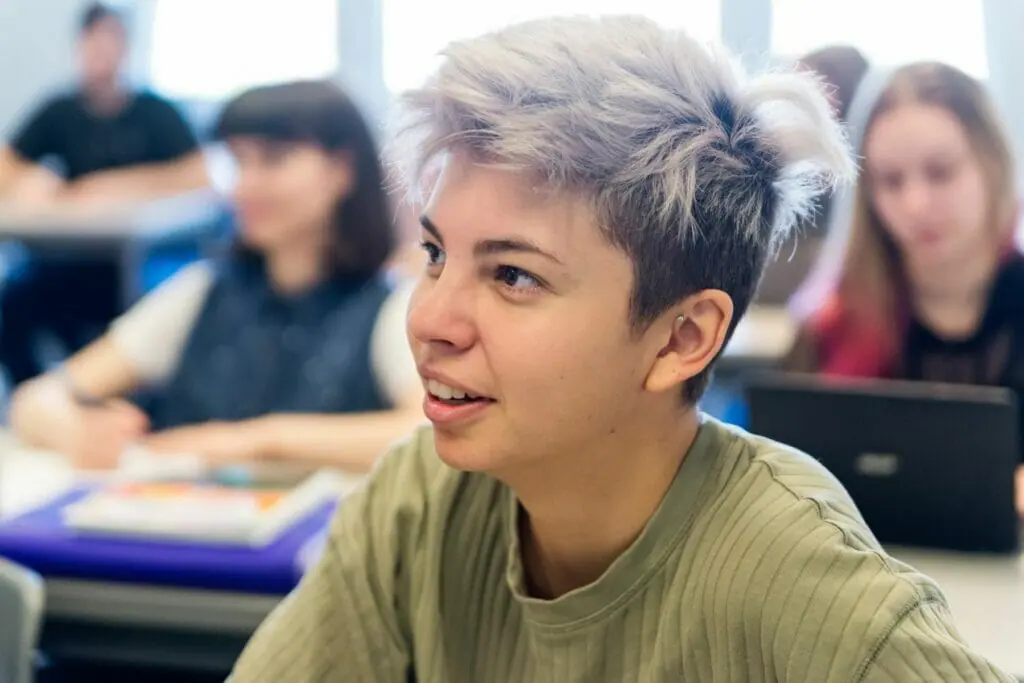
In this article we will cover...
- What Does Non-Binary Mean?
- Non-Binary Pride Flag Meaning
- When Is Non-Binary Pride Day?
- Other Non-Binary Information To Help You Be A Better Ally
- Being non-binary isn’t new
- Not all non-binary individuals undergo medical procedures to change their bodies.
- Not all transgender people are non-binary.
- Non-binary is not the same thing as intersex.
- Respecting non-binary people.
- Don’t make assumptions about their gender.
- Use the correct pronouns.
- Non-binary people can have a different gender.
- Clear your head
- Be inclusive in social settings, school, and work.
- Figuring out which bathroom to use can be a challenge.
What Does Non-Binary Mean?
Many societies have long only recognized the gender binary (male and female genders) and strictly ignore or actively denied anything outside of this. Thankfully the world is changing, we are becoming aware and supportive of the existence of other genders that do not fall under this male-female binary.
Such genders are called ‘non-binary’.
While some people fall under the gender categories of male and female, there are those who don’t. For instance, some people identify with a gender that combines both aspects of being male and female, and others identify with a gender that is neither male nor female.
Yet, other’s gender may change or fluctuate over time.
The most common term used to describe people whose gender is neither male nor female is ‘non-binary’. Other terms used to describe such people are: bigender, genderqueer, and agender. Even though none of these terms mean the same thing, they all describe a gender experience that isn’t male or female.
Non-binary is often used as an umbrella term for all other gender identities that do not fall within the man/woman categories. Remember that non-binary doesn’t mean the same thing to all individuals who identify with the term.
If you are looking to establish what does Non-Binary mean to a specific individual, it could be best to ask them to define it to you in their own term.

Non-Binary Pride Flag Meaning
There are many different LGBTQ flags representing most queer identities so it should come as no surprise there is a flag for non-binary people to proudly fly. Kye Rowan created the Non-Binary Pride Flag in 2014. The flag has yellow, white, purple, and black horizontal stripes. This flag represents non-binary people who don’t feel represented by the genderqueer flag.
– Yellow stands for people whose gender doesn’t exist within the binary.
– White represents people with all genders or many genders.
– Purple stands for people with genders that may be a mix of female and male.
– Black represents people that identify as not having any gender at all.
When Is Non-Binary Pride Day?
Awareness, visibility, remembrance, and celebration are all important in increasing the acceptance and recognition of queer identities and queer folx around the world.
By observing an international day for non-binary folx, it is easier for them to talk to friends and loved ones – and to feel the love. It also helps foster awareness and increased sensitives from society at large.
So, mark your calendar and plan something special (even if it is just a social media post!) for July 14th, which is International Non-Binary People’s Day!
Other Non-Binary Information To Help You Be A Better Ally
There are many misconceptions about non-binary people. If you want to be a straight ally, you should understand what non-binary means and the common misunderstandings surrounding this community.
Being an LGBT ally means you understand the following:
Being non-binary isn’t new
Different societies all over the world have recognized non-binary identities for hundreds of years. Just because you’re learning about non-binary identities now, doesn’t mean that it’s a new thing.
Remember that non-binary individuals understand their gender identity and aren’t confused about it.

Not all non-binary individuals undergo medical procedures to change their bodies.
Even though some non-binary people may undergo hormonal treatments or surgery to make their bodies more in line with their gender identity, not all do.
However, just like everyone else, non-binary people need access to medical care to live a full life. In some cases, medical care can be life-saving or critical.
Not all transgender people are non-binary.
Some transgender people are non-binary. However, many of them have a gender identity that is either female or male. This means that they should be treated just like any other woman or man.
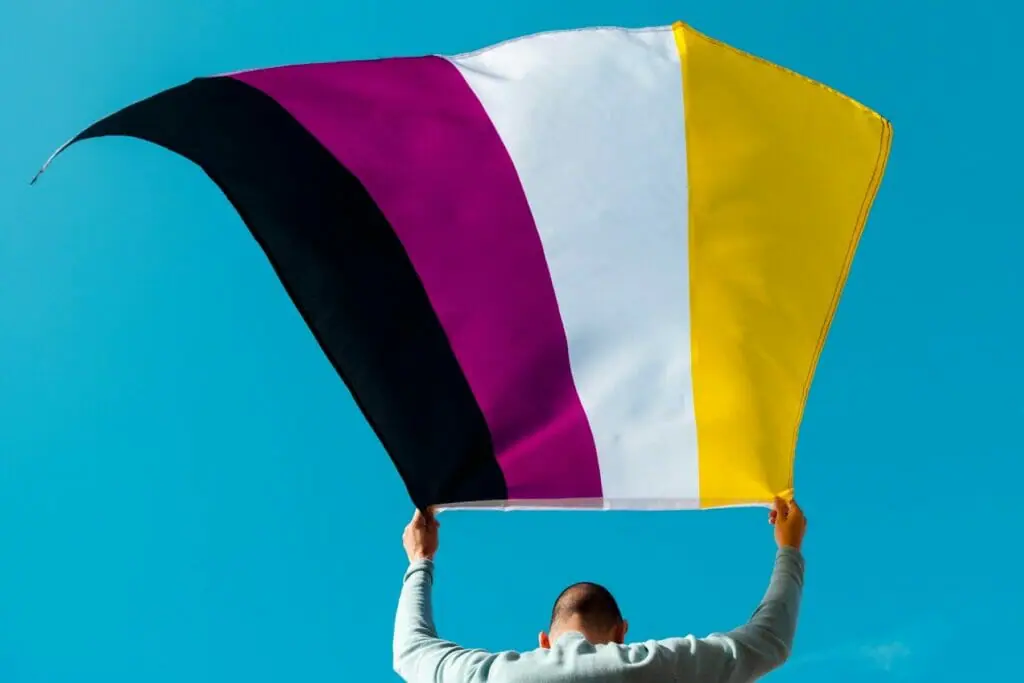
Non-binary is not the same thing as intersex.
Non-binary and intersex mean two different things. Intersex individuals have genes and/or anatomy that don’t fit the traditional definition of female or male. Intersex people may identify as either a woman or a man.
Non-binary people are usually born with bodies that may fit the traditional definition of female and male. However, their gender identity does not fit the category of female or male.
Respecting non-binary people.
Even if you don’t understand what it means to be non-binary, it’s still important to respect non-binary individuals.
Not everyone has heard of non-binary genders, but some may find it difficult to understand them when they do. This is okay. But even that which you don’t understand deserves some respect. When someone tells you about their gender identity, believe them.
Even if people are just now trying to understand what it means to be non-binary, believe them when they say who they are. Only you have the power to say what gender you are and no one can decide for you.
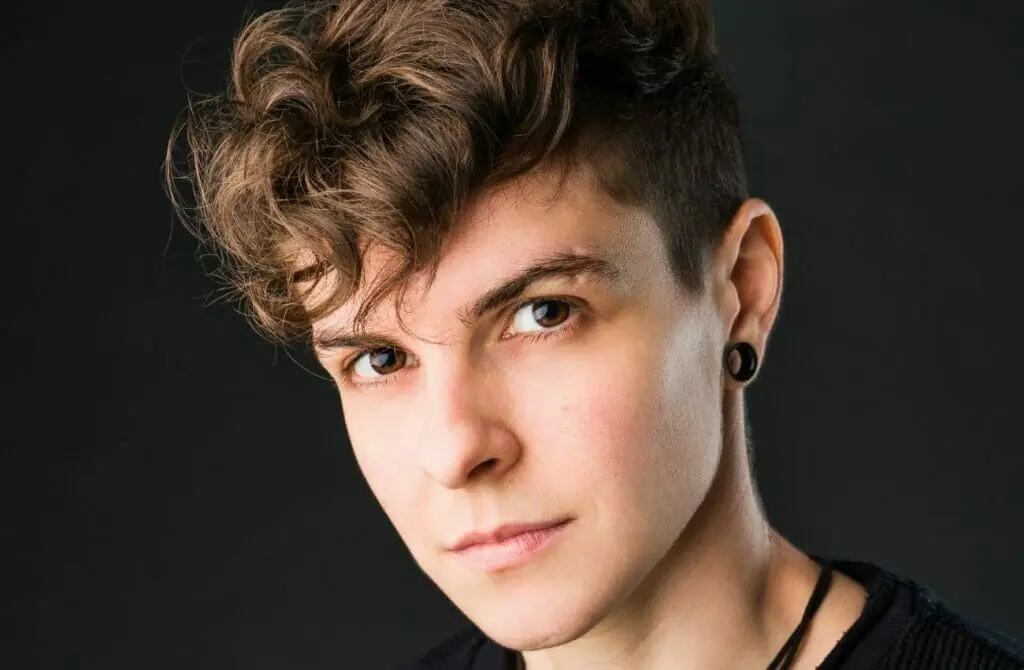
Don’t make assumptions about their gender.
It isn’t possible to tell whether someone is non-binary just by looking at them. Non-Binary makeup might be becoming more popular, but that never means you can ‘know’. If you aren’t sure about someone’s gender, ask them about their pronouns.
Some people, however, may not welcome questions about their gender because it may feel intrusive, so it might be best not to ask unless you’re sure the other person would be okay with it.
Use the correct pronouns.
If you aren’t sure about someone’s preferred pronouns, always ask. Non-binary people use different pronouns. Some may use ‘they/them’ pronouns, others may use ‘she’ or ‘him’ pronouns, and others will choose different pronouns.
Don’t worry if you aren’t used to asking about someone’s preferred pronouns. You will soon get used to it. Just remember that using someone’s preferred pronouns is a way of showing respect for their identity and that there’s nothing wrong with it.
You can help normalize the use of pronouns in your everyday life with small actions like giving your preferred pronouns at the beginning of an introduction, signing your emails off with them, or wearing LBGT enamel pins that declare your pronouns to the world.
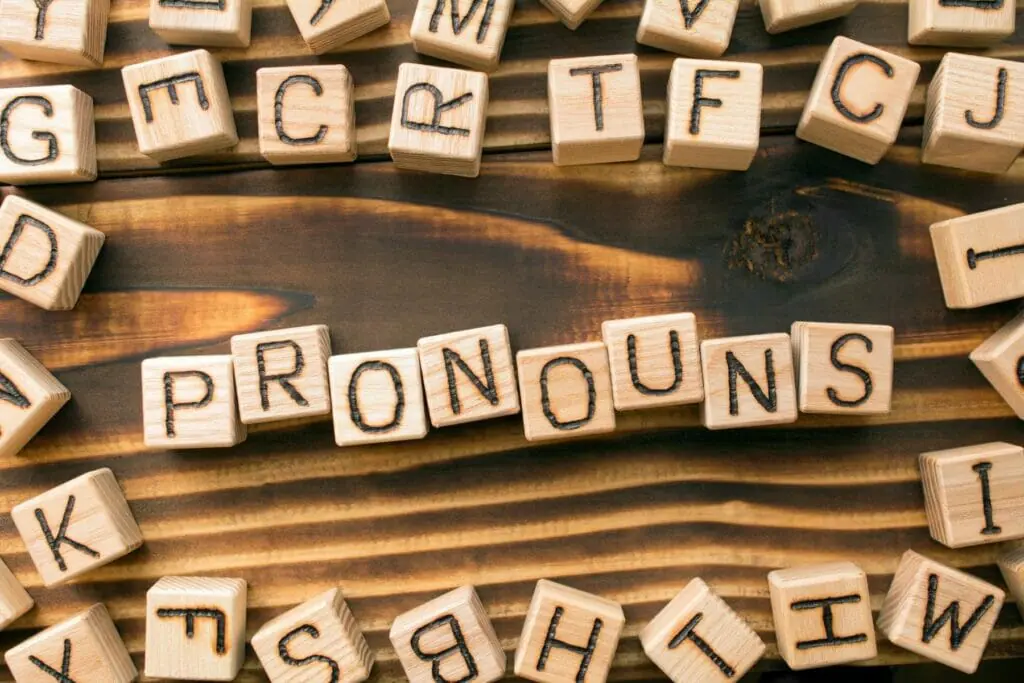
Non-binary people can have a different gender.
A non-binary person can identify as non-binary and as a woman or a man. They can also identify as non-binary and transgender or something else. For example, when one identifies as non-binary and a man, it’s because the gender identity they’ve chosen acknowledges that they don’t identify with any gender but they’ve been socialized as a man.
Identifying as non-binary can mean different things to different people. In the same way, identifying as non-binary and another gender can mean different things to non-binary people.
Clear your head
Even if you don’t acknowledge it, you most likely have biases and prejudices that you should confront. It might be uncomfortable for you to realize it at first, but once you realize what they are, you will be able to confront them.
Confronting your biases includes educating yourself about what being non-binary is. Remember that the LGBTQ community no longer uses derogatory terms such as ‘homo’ or ‘homosexual’. Instead many prefer to use the term ‘gay’, ‘queer’, or ‘lesbian’ to describe themselves and the most commonly used pronouns for NB folx are ‘they/them/theirs’.
Never, ever, ever say “it” – because only a bad human would want to refer to another human in this way – regardless of gender. And you are a good human, right?
Some people like to make crude comments or derogatory remarks and jokes towards non-binary folx. If you hear such remarks against your friend or other people in the queer community, speak up against such prejudices and let them know it isn’t right to encourage or take part in it.
The same goes for any jokes that are at others’ expense, especially queer marginalized communities and misunderstood identities such as intersex, asexual, transgender, demigirl, demiboy, and genderfluid. We are not here to be the butt of any jokes – and quite frankly, are sick of it. It is not – and never was – OK.
Most times, offensive material is circulated on social media or WhatsApp. Remember to tell people that are making such comments why it’s wrong to do that.
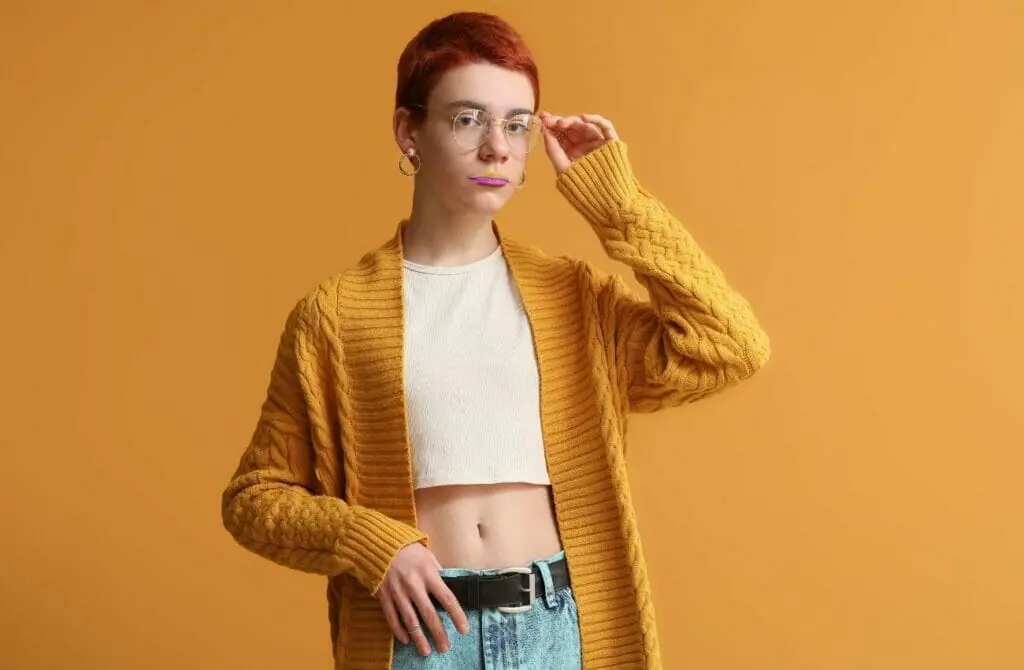
Advocate for policies that are friendly to non-binary people at your workplace or school. Non-binary individuals should be allowed to dress how they want, live where they want, or go where they want.
Respecting a non-binary individual and being inclusive is accepting them as a human being. There’s nothing more to it.
Figuring out which bathroom to use can be a challenge.
For many people, using the bathroom is a simple thing. However, non-binary people don’t always have an easy time. Choosing the men or women’s room can be unsafe since other people may attack them physically or verbally abuse them.
Support your non-binary friends by allowing them to use the bathroom they feel safest using.
